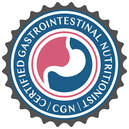|
I love blackberries. Maybe it is because they bring me back to my childhood memories, picking buckets upon buckets along the Skagit River, to make a years supply of blackberry jam. My father always recruited my brother, my mom, and I to help him pick. The more, the better. The following days would be spent making jam, wafting the aroma of blackberries and lemon throughout the house. We always made so much that the surplus became holiday gifts for friends. It was a time when all four of us were together, happy and healthy. Now in my mid thirties I am reliving this memory. Earlier this week Toren and I went to pick our own bucket full at the abundant neighborhood blackberry bushes down the street. Within a quarter hour, I had picked plenty for a little batch of jam, and extra for snacking. The hot rays of the sun had transformed the little firm green berries into plump, sweet, and juicy bits of dark purple goodness. They were delicious. Inspired by a glass of good red wine, I got into production mode. How could I make a delicious, unique and healthy jam with these perfectly ripened blackberries? Well, instead of sugar I decided to use dates. They not only sweeten, but also carry along fiber which helps thicken the jam, vitamins and minerals. A generous swig of red wine, and a squeeze of lemon juice also brighten the flavor. Making homemade jam is great way to preserve these delicious berries and have access to them year round. Blackberries are EVERYWHERE FOR FREE right now, so don't spend your money on bland store bought alternatives. Just make sure to pick berries aways from high traffic zones, and to rinse them thoroughly prior to use. You can even freeze them for later. Plus, you have full control of what you use to sweeten the jam. Besides using it on buttered toast, you can stir some into plain yogurt, into oatmeal, or even add a dollop to vanilla ice cream. I hope you like this lightly sweet jam that tastes of high summer.
Blackberry and Red Wine Jam Makes Four 8oz mason jars INGREDIENTS 6 cups rinsed blackberries 12 medjool dates, pitted and soaked with hot water for 10 minutes 1/2 cup red wine (I used cabernet sauvignon) juice of 1/2 lemon DIRECTIONS Put blackberries and red wine into a large saucepan and heat until boiling. Reduce heat to a steady simmer. With a large spoon or fork crush the blackberries against the side of the pot. Stir often and allow the berries to break down completely and the liquid to reduce. This takes about 20 minutes. Meanwhile, place dates into a food processor, and discard the soaking water. Process until a smooth paste is formed. Add the date paste and lemon juice to the blackberry and wine mixture and stir well. Allow to simmer for about 5 minutes while stirring often. Do not let it burn on the bottom! Meanwhile bring a large pot with mason jars and a little water to a boil. Place a lid on top to keep steam in. This will sterilize your jars. Pour the hot jam liquid into sterilized jars and top with clean lids. Place on counter top until the lids "pop" inward. They can now be stored safely for later use. Alternatively, you can transfer the jam into jars random clean jars, allow to cool, top with lid, and then freeze. Either way is fine.
0 Comments
Nettles are originally from Northern Europe but are now found all over the world. They have been used for hundreds of years as a medicinal herb for hormonal imbalances, fatigue and lethargy, forgetfulness, allergies, constipation, and detoxification support. Hildegard von Bingen, a German nun and healer who was well known during the Middle ages, spoke of nettles highly. Today, functional medicine practitioners use nettles as part of treatment plans including seasonal allergies, detoxification, blood building, and balancing hormones. Besides their medicinal background, nettles are a very nutritive plant, rich in protein, vitamin A, vitamin C, calcium, and iron. It is also a great source of polyphenols, plant compounds known to provide many health benefits, including reducing inflammation and supporting the health of our good gut bacteria. However, today I want to highlight nettles and their ability to help reduce seasonal allergies. Nature often works hand in hand. As the pollens burst into the air with the first warm spring days, nettles start to pop out along trails in the Pacific Northwest woods. Individuals struggling with seasonal allergies may find relief from the consumption or supplementation of nettles because they help inhibit the production and release of histamine from mast cells as well as their breakdown. Mast cells release histamine in response to foreign proteins, such as pollens, causing the classic symptoms of allergies including a runny nose, itchy and red eyes, and sneezing. Furthermore, nettles have been found to inhibit COX-1 and COX-2, enzymes that play key roles in the inflammation cascade. Although, clinical studies are lacking, there is one study from 1990 that found some improvement in allergy symptoms with the consumption of 600mg of freeze-dried stinging nettle powder 1-3x per day. Another more recent study in 2017, found that 150mg of stinging nettle powder taken for 1 month, significantly improved symptoms compared to standard treatment of allergic rhinitis (anti-histamines and inhaled corticosteroids). However, the placebo group also had improved symptoms post-treatment. Although at present we only have two human clinical studies, that doesn't matter. Practitioners have used nettles successfully for thousands of years. This type of experiential clinical data also counts. How do You Pick Nettles? You will see nettles along your local hiking trail during the months of spring and early summer. You only want to harvest the top 2-3 tiers of leaves. The younger the plant, the more delicate and tender the flavor. Using gloves and a small scissor, cut the nettle at the desired point. If you don't want to forage for them yourself, farmers markets will often sell these during the early Spring months. How Do You Use Nettles? For starters you can buy nettle tea, and drink that. It is easy and requires minimal preparation. It is earthy in flavor. However, if you want to use nettles in your meals, I recommend making either nettle pesto (recipe below), nettle potato soup (recipe below), nettle frittatas or quiches, or use nettles any way you would use spinach. Personally, I feel like nettle pesto is the most versatile. You can make 1-2 batches, and freeze what you will not use right away. Then you can add cubes of thawed nettle pesto to soups, sauces, egg dishes, pasta (of course), parchment baked chicken breast or fish, etc. The list goes on. How Do You Prepare Nettles? First wash all your foraged nettles in clean cool water. Then, in order to use nettles culinarily, you must heat or vigorously process them to remove the sting. Interestingly, once the hairs on the nettle are broken, the nettle no longer stings. I personally prefer blanching nettles. Blanching gives the nettles a brilliant green color and makes them easy to handle and trim. Blanched nettles can be frozen for use later. Making Your Own Nettle Pesto The nice thing about pesto is it's versatility. I suggest making two batches of this delicious pesto to freeze for year round nettle infusions. You can also add basil or other herbs to this as desired. Makes ~ 3 cups. INGREDIENTS 1 produce bag full of raw nettles (to make about 2 cups blanched and trimmed nettles) ½ cup toasted pine nuts ½ cup organic extra virgin olive oil ½ cup grated parmesan or pecorino 3-4 cloves garlic 2-3 tablespoons lemon juice Sea salt (I used ½ teaspoon) Fresh ground pepper DIRECTIONS Soak the nettles in fresh, clean water. Meanwhile, bring a large pot of salted water to a boil. Using tongs, transfer the nettles into a colander, and then transfer to the boiling water. Blanch for 1 ½ minutes. Meanwhile, make an ice bath with 1 tray of ice cubes and a bowl filled with cool clean water. Transfer the blanched nettles to the ice bath and let sit a few minutes and strain. Once the nettles are strained, squeeze the nettles by hand, to squeeze out the excess water. Transfer to a clean kitchen towel and spread them out. Using your scissors, cut the thicker stems off, leaving behind only the leaves and delicate stems. Measure out 2 cups of these blanched and trimmed nettles and transfer to a food processor along toasted pine nuts, olive oil, cheese, garlic, lemon juice, salt and pepper. Pulse until cohesive but not too smooth. Adjust salt, pepper, and lemon juice to your liking. Freeze what you don't use right away in a silicone ice cube tray or small glass mason jars. Nettle and Potato Soup
Another less work intensive recipe for nettles is simply soup! This creamy, green soup can easily be made dairy free by substituting the cream for canned full fat coconut milk. Use bone broth in place of vegetable broth to increase the protein if desired. Serves 4-6 INGREDIENTS 2 tablespoons extra virgin olive oil 2 small shallots, diced 2 cloves garlic, finely minced 3 medium sized yellow potatoes, rinsed and dice 2-3 slices bacon, cut into small pieces (or ¼ cup diced pancetta) 3-4 handfuls rinsed baby nettle leaves, base stems trimmed* 3 cups vegetable broth or bone broth 1/3 cup heavy cream (may replace with canned full fat coconut milk) 1 tablespoon honey Juice of ½ lemon Splash of apple cider vinegar (optional) Pinch of red chili flakes (optional) Sea salt and pepper to taste Garnish with fresh parsley DIRECTIONS Heat a soup pot over medium heat. Add the oil and when hot, add the shallots, garlic, diced and bacon/pancetta. Allow the shallots to turn glassy and the pancetta to turn crispy. Stir occasionally. Add the nettles to the pot sauté until wilted. Add the potatoes and pour in enough vegetable broth until the potatoes are covered. Bring the soup to a simmer for about 15 minutes, or until the potatoes are tender. Once the potatoes are tender, remove the pot from the burner, and using an immersion blender puree the soup. Return the pureed soup back onto the burner and heat on low. Next add the cream and honey. Stir well to combine. Finally, add the lemon juice and a splash of apple cider vinegar to brighten the soup. Season with chili flakes, sea salt and pepper to taste. You could even add some frozen nettle pesto if desired. Garnish with fresh parsley. Serve with buttered fresh bread and a side salad. *Note: By trimming the nettles, and leaving only the delicate stems, keeps the soup more delicate and smooth. Raw Cranberry Chutney
Today I am going to share with you a healthy alternative to your traditional, highly sweetened, cranberry sauce. The first difference is that it is raw—allowing all the powerful phytonutrients and enzymes in cranberries, which have been touted with anti-inflammatory and anti-bacterial properties, to stay intact and work together synergistically. When heated, processed, and mixed with a lot of pro-inflammatory sugar, the health benefits of cranberries decreases. Keeping the cranberries raw, allows you to benefit from all their health promoting compounds! Secondly, I only use maple syrup as a sweetener, and only ¼ cup, reducing the typical sugar amounts by ¾ or more! And thirdly, I add freshly squeezed orange juice, zest, and optional spice to the mix, creating a zesty and bright raw cranberry chutney. The trick to this recipe is time. The longer it marinates in its' own juices, the more developed the flavors become. I recommend making this recipe in advance and storing it in your refrigerator at least a day before you using it. Make sure to choose organic cranberries and oranges to reduce pesticide content. Makes about 2 cups Time: ~ 10 minutes or less INGREDIENTS 12 oz fresh organic cranberries 1 organic orange, juice and zest 1/4 cup maple syrup (or more to taste - see note) 1/4 teaspoon sea salt 1 teaspoon grated fresh ginger root Optional: 1/4 teaspoon red chili flakes (can replace with a little deseeded jalapeño) DIRECTIONS Rinse cranberries and strain. Pour onto a clean kitchen towel and pick out any soft cranberries. Add the fresh cranberries into a food processor. Process until finely minced. Be careful not to process it too much, because then it will become too soggy. Pulse in the orange juice, zest, maple syrup, and grated ginger root. If you want to add heat, do so now. Season with a pinch or two of sea salt. Transfer into a glass jar and store in refrigerator for up to one week. Note: Most cooked cranberry sauce recipes call for 1-1 1/2 cups of sugar! Adjust sweetener to your liking. May use honey in place of maple syrup for sweeter flavor. Just remember, this chutney gets more flavorful with time. Therefore, taste it the following morning to see if you really need to add more sweetener. Tastes great tossed in salads, in wraps, sandwiches, or along with your Thanksgiving turkey. A little goes along way! Reference: http://www.whfoods.com/genpage.php?tname=foodspice&dbid=145. Accessed November 24, 2019. |
RecipesI hope you enjoy my creative, flavorful, and nutrient dense approach to whole foods cooking. All recipes are gluten free. Archives
December 2022
Categories
All
|

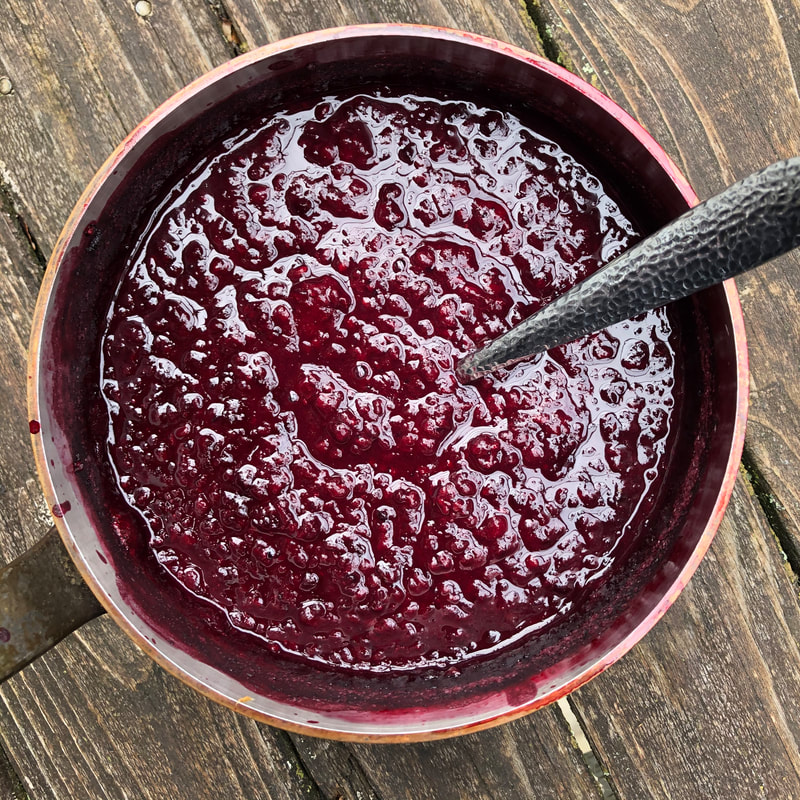
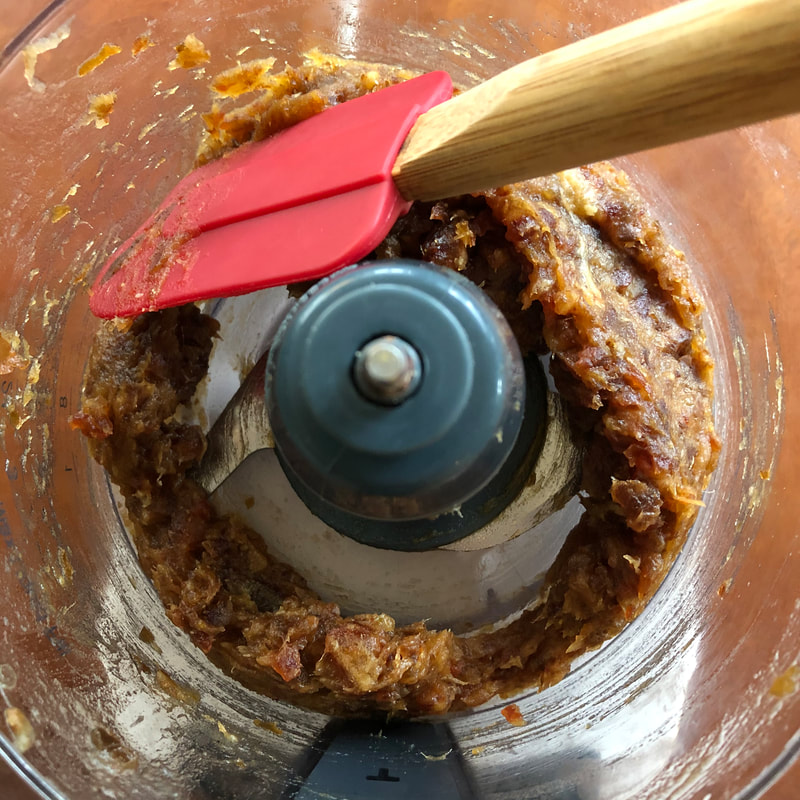
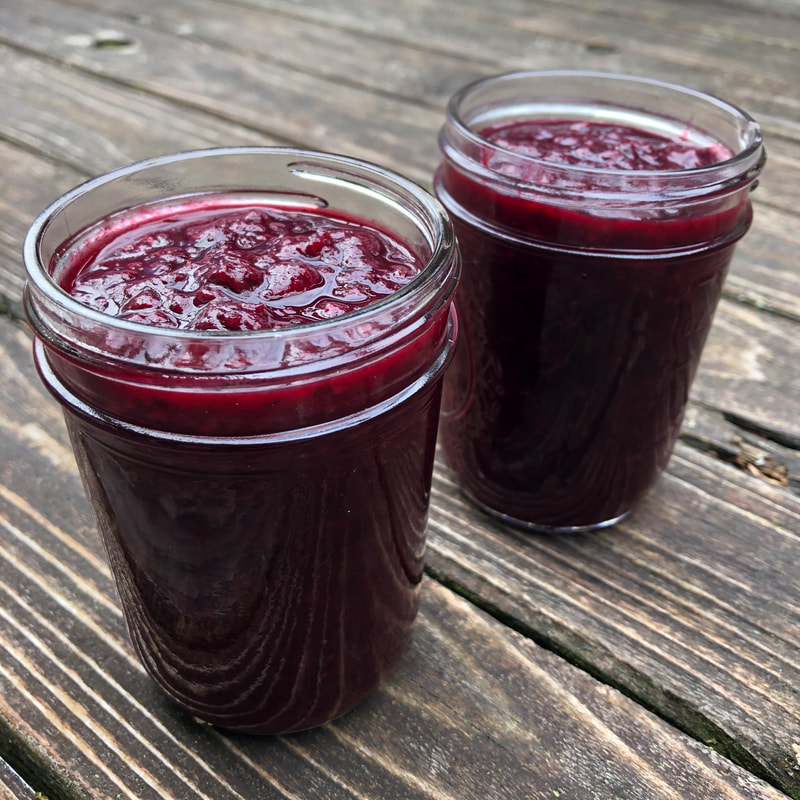


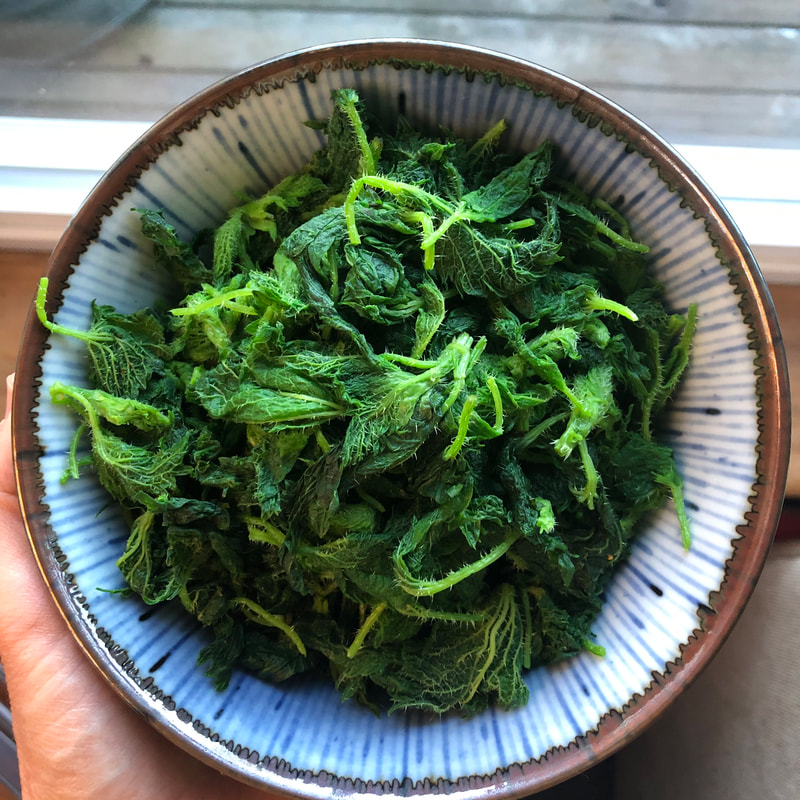
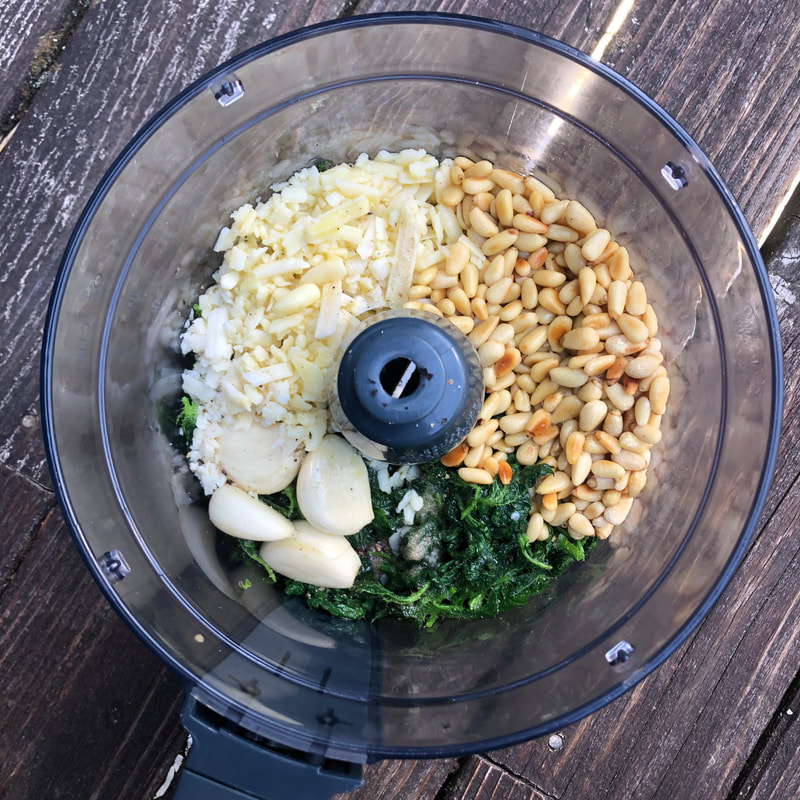
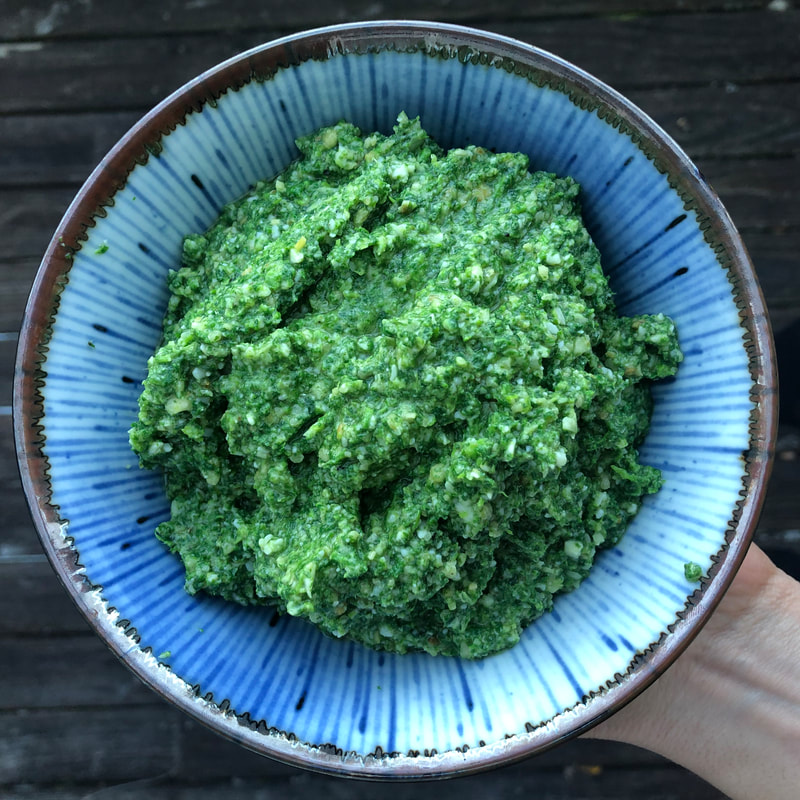
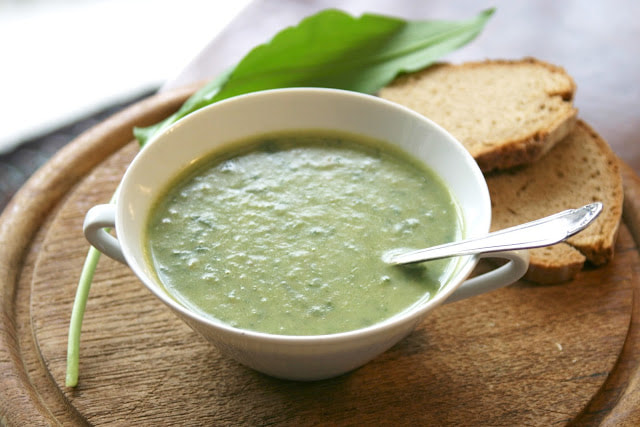
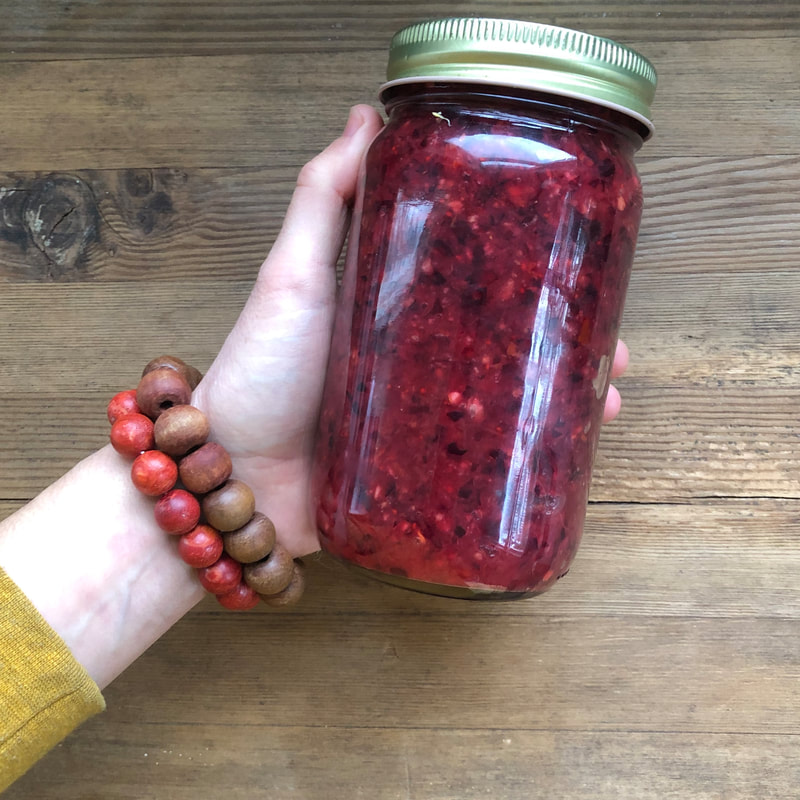
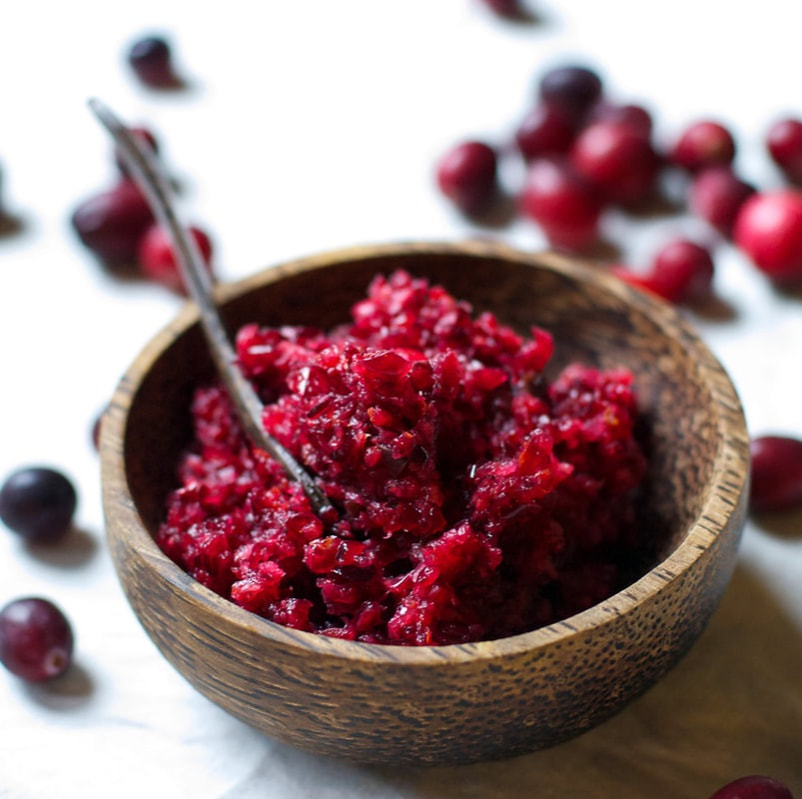
 RSS Feed
RSS Feed

